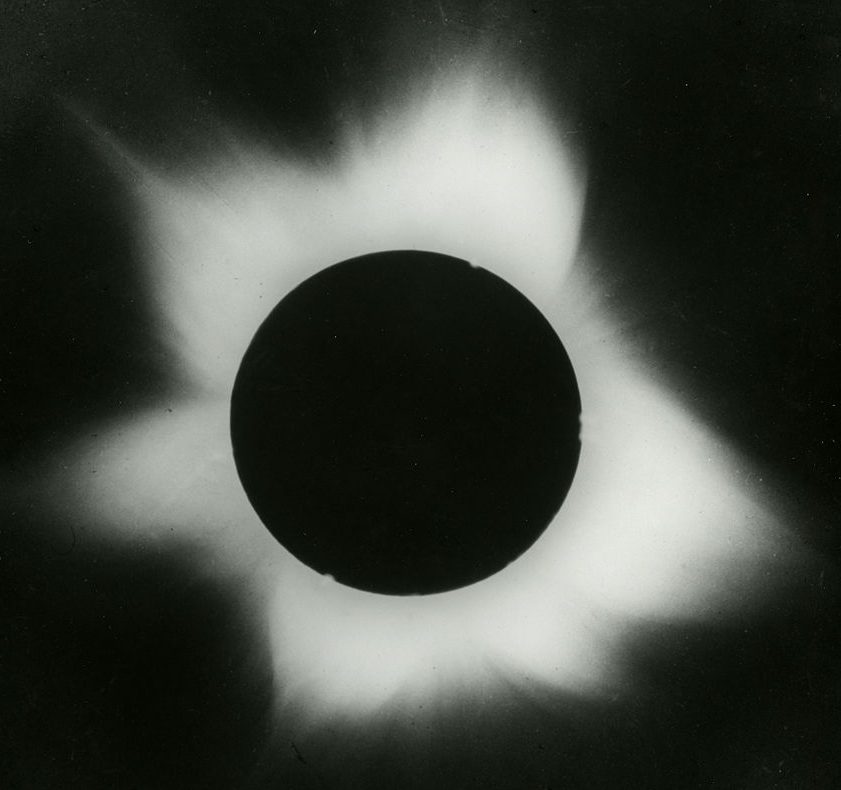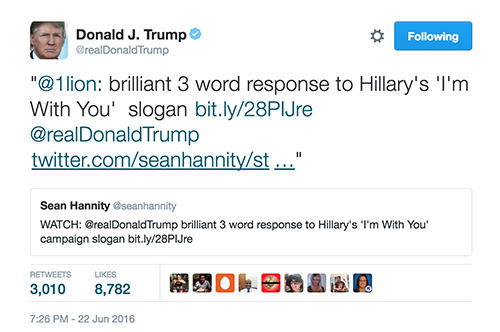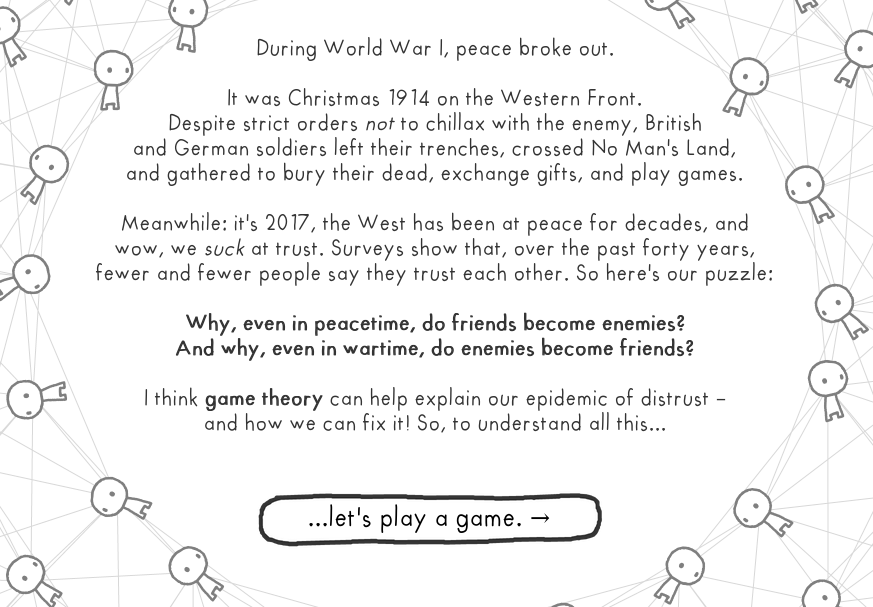This article from Kiara Alfonseca of ProPublica got me thinking.
Fake hate crimes have a huge impact despite their rarity, said Ryan Lenz, senior investigative writer for the Southern Poverty Law Center Intelligence Project. “There aren’t many people claiming fake hate crimes, but when they do, they make massive headlines,” he said. It takes just one fake report, Lenz said, “to undermine the legitimacy of other hate crimes.”
My lizard brain could see the logic in this: learning one incident was a hoax opened up the possibility that others were hoaxes too, which was comforting if I thought that world was fundamentally moral. But with a half-second more thought, that view seemed ridiculous: if we go from a 0% hoax rate to 11% in our sample, we’ve still got good reason to think the hoax rate is low.
With a bit more thought, I realized I had enough knowledge of probability to determine who was right.

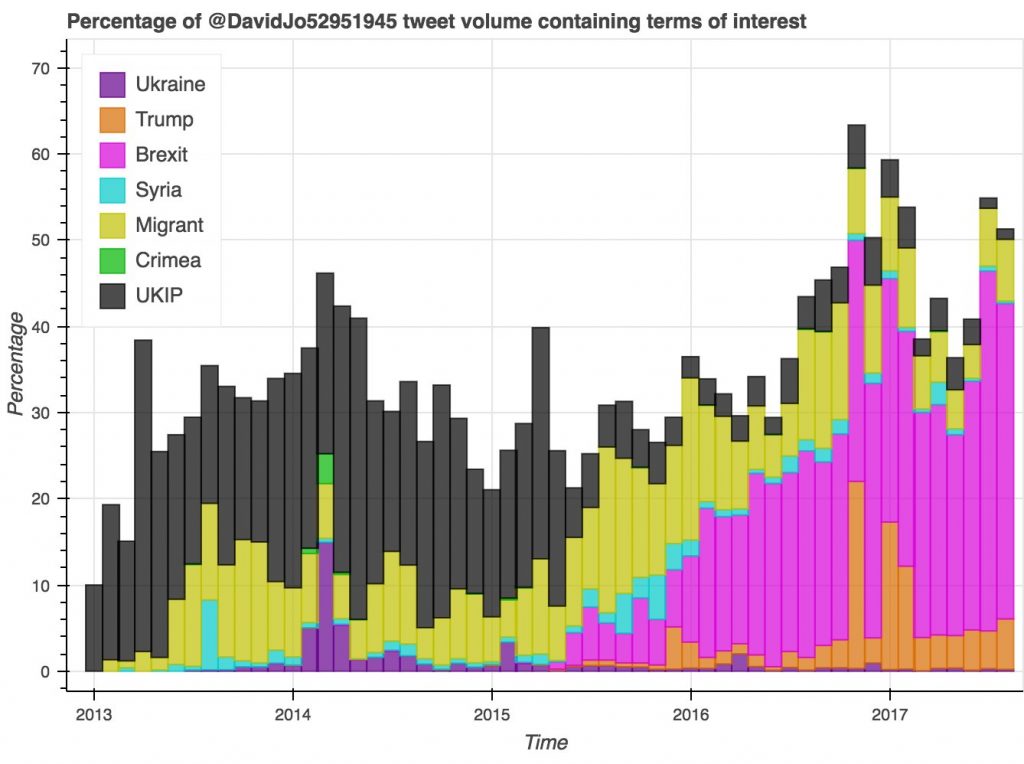
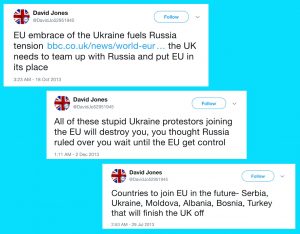 So four years ago, this Twitter account tweeted on Moscow time and was heavily biased towards the Kremlin; four years later, it’s pumping out pro-Trump propaganda that also benefits the Kremlin. If this is a
So four years ago, this Twitter account tweeted on Moscow time and was heavily biased towards the Kremlin; four years later, it’s pumping out pro-Trump propaganda that also benefits the Kremlin. If this is a 